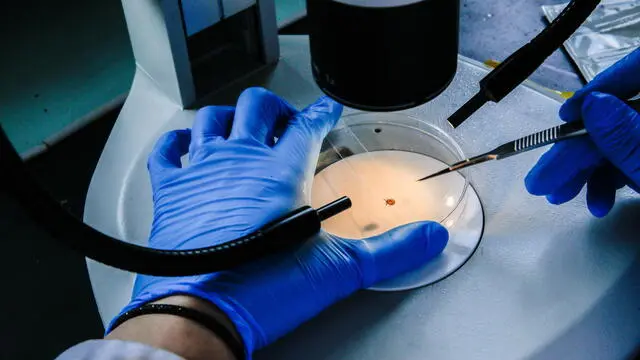Con IA sarà possibile leggere vetrini di biopsie in tempo reale

PADOVA, 23 MAR - Utilizzare l'IA per assistere il patologo nell'analisi dei vetrini contenenti i tessuti della biopsia. E' questa la sfida di un macroprogetto che vede come capofila l'Università degli studi Milano-Bicocca e coinvolge l'Università Ca' Foscari di Venezia, presentato questa mattina al World Health Forum Veneto da Marco Nobile, professore associato del Dipartimento di Scienze Ambientali Informatica e Statistica dell'ateneo veneziano. Un lavoro che coinvolge informatici e patologi, e sta portando allo sviluppo di un software in grado di analizzare in tempo reale i vetrini. Uno strumento che consente di superare i problemi connessi alla privacy legati alla condivisione di dati fra diverse strutture sanitarie: se i dati restano in loco, vengono condivisi i modelli matematici. "Scandagliando i vetrini, l'algoritmo basato sull'AI - ha spiegato Nobile - accende delle spie segnalando al patologo le possibili anomalie, semplificando e supportando così la sua attività di diagnosi che oggi richiede l'osservazione di un numero massivo di scansioni di vetrini". Un futuro sviluppo del progetto riguarda la costruzione di un'infrastruttura informatica distribuita in grado di massimizzare la privacy e la sicurezza dei dati.
Riproduzione riservata © Giornale di Brescia
Iscriviti al canale WhatsApp del GdB e resta aggiornato
